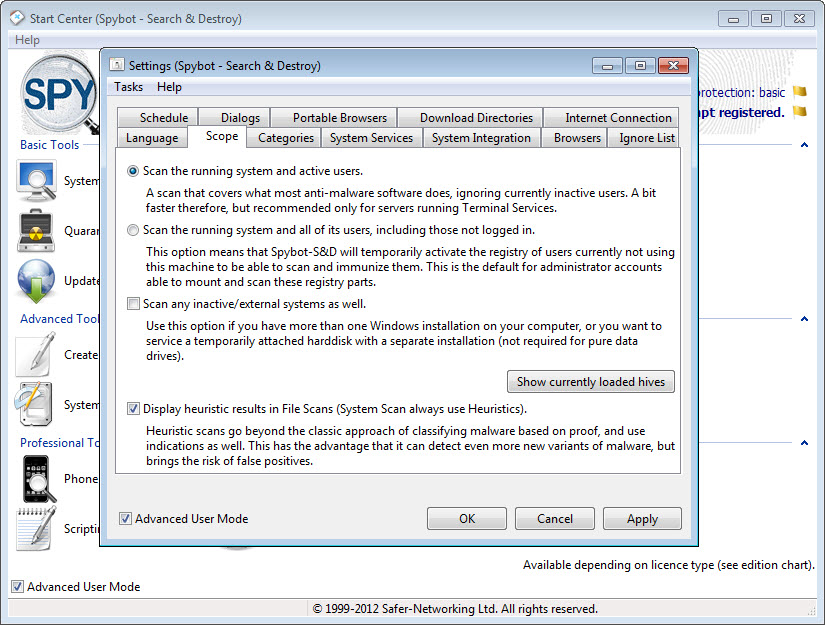

Similarly, Kaspersky Labs, the lately besieged Russian cybersecurity firm, found a backdoor in server management software from the U.S.

The attack crippled operations at big companies, ranging from Danish shipping giant Maersk to U.S.

Ccleaner malware called update#
Earlier this year hackers compromised MeDoc, a piece of accounting software developed by a Ukrainian tech firm, in order to spread a destructive strain of ransomware, dubbed NotPetya, through its update mechanism. This is only the most recent example of such an attack. It can assist with the repairs necessary during or after a virus removal. This article first appeared in the Cyber Saturday edition of Data Sheet, Fortune’s daily newsletter on the top tech news. Unfortunately, CCleaner is neither an antivirus nor a virus removal solution. This new malware campaign is called FakeCrack and was discovered by Avast analysts, who report that they detect on average 10. Presumably, the intruders sought trade secrets. FakeCrack: Malware that steals passwords, credit cards and crypto wallets your promoted through search results for a pirated copy of it Windows CCleaner Pro optimization program. With that foothold, the attackers then attempted to drill down deeper into the networks of at least 18 big tech company targets, including Google, Intel, Microsoft, Samsung, HTC, and Cisco. Here’s what happened: In August, some unknown hacking group inserted a backdoor into the CCleaner software, which was then dutifully installed on more than 700,000 machines.


 0 kommentar(er)
0 kommentar(er)
